Ambivalent Pleasures: Advertiser Content in American Art
Teaching Gallery
This installation prompts the question of how the visual culture of marketing and markets influences our lives. Bringing together modern and contemporary artworks that variously incorporate consumer culture and commercial tropes, the selection from the permanent collection of the Mildred Lane Kemper Art Museum revolves around American Pop art, a movement that came to prominence in the 1960s. Pop artists borrowed imagery from popular culture—product packaging, advertising, Hollywood—as a challenge to both traditional art forms and the social values and stereotypes propagated by mass media. Experiments with new media and techniques such as assemblage, cutouts, and screen printing reveal a fascination with surfaces and superficial subjects. Together the artworks on view register the ambivalent ways Pop artists responded to the rise of consumerism—creating works that are neither clearly celebratory nor critical—and the manner in which subsequent artists have upended or advanced this ambivalence. If the works here offer the possibility of pleasure—in the everyday presence of art in comics and billboards, in nostalgia, in the offbeat and humorous—they also suggest apprehension about who gets to experience that pleasure.
Ambivalent Pleasures is co-organized by Rachel Slaughter, lecturer in College Writing, and Jay Buchanan, graduate student in the Department of Art History & Archaeology in Arts & Sciences, in conjunction with Slaughter’s course “College Writing: Power and Commodity Culture” in fall 2022.
Selected works
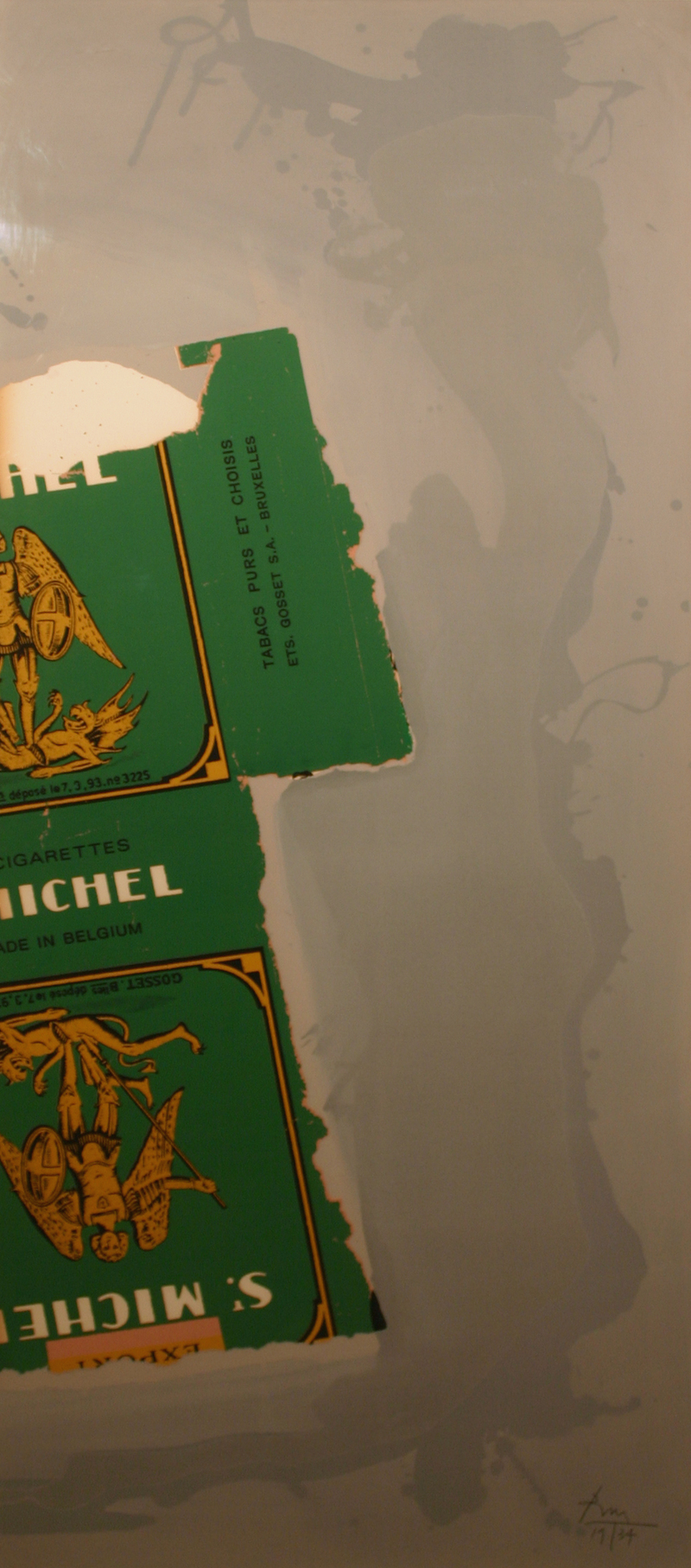
Robert Motherwell
St. Michael I (State II)
1979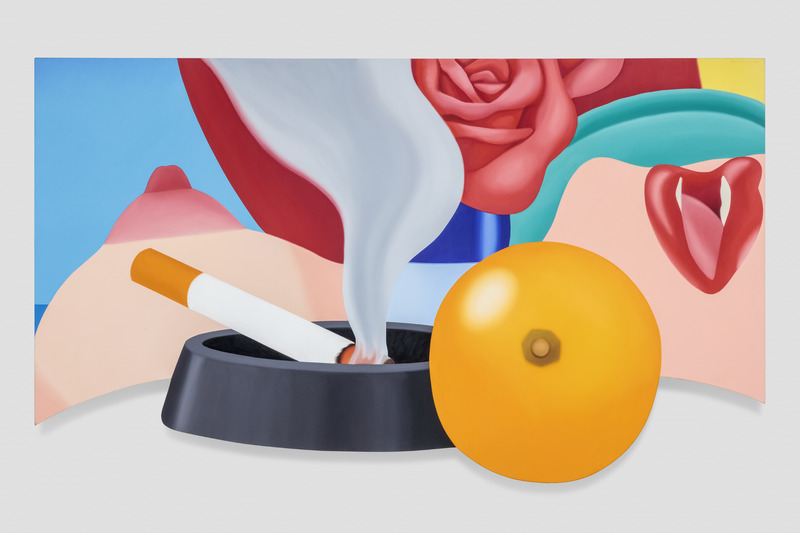
Tom Wesselmann
Bedroom Painting #2
1968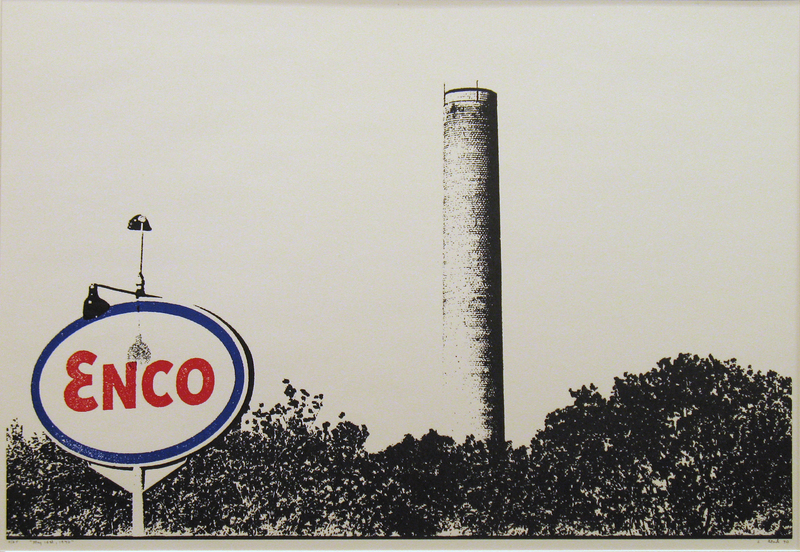
Larry Stark
May 16th, 1970
1970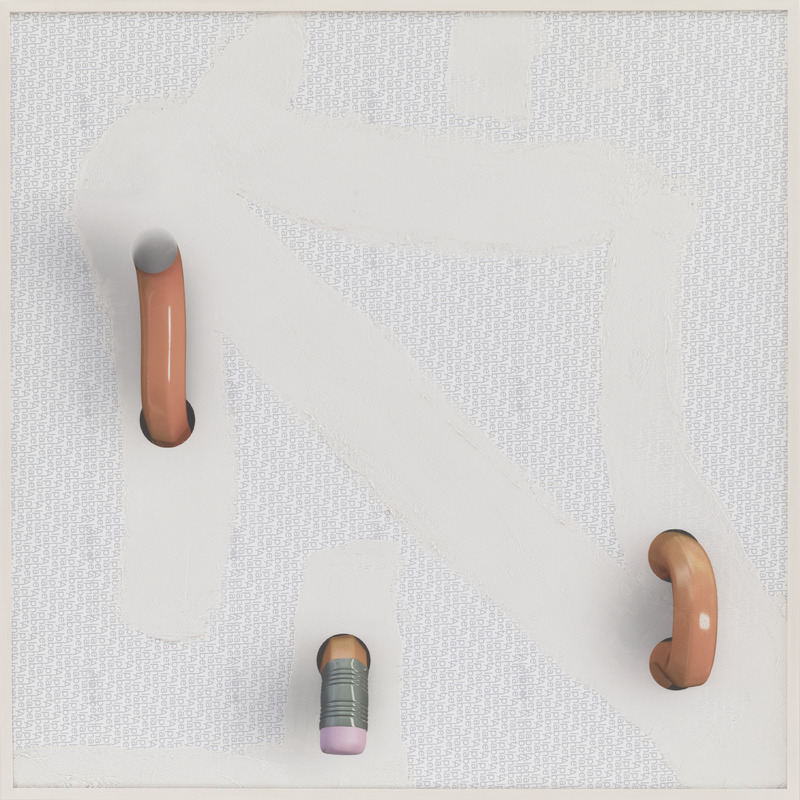
Seth Price
Untitled
2016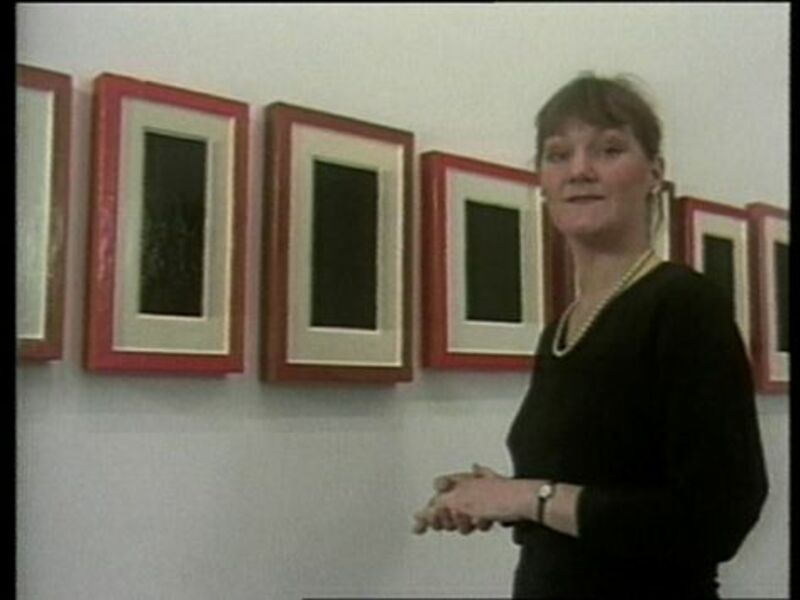
Andrea Fraser
May I Help You?
1991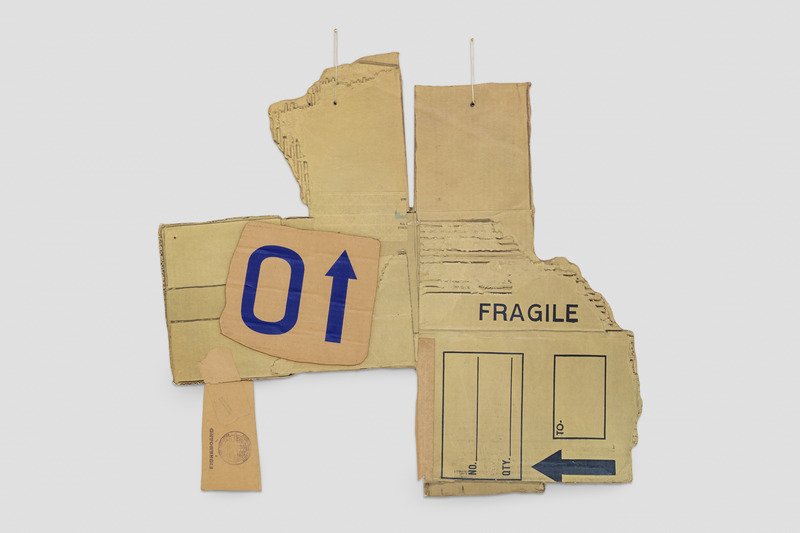
Robert Rauschenberg
Cardbird VI, from the series Cardbirds
1971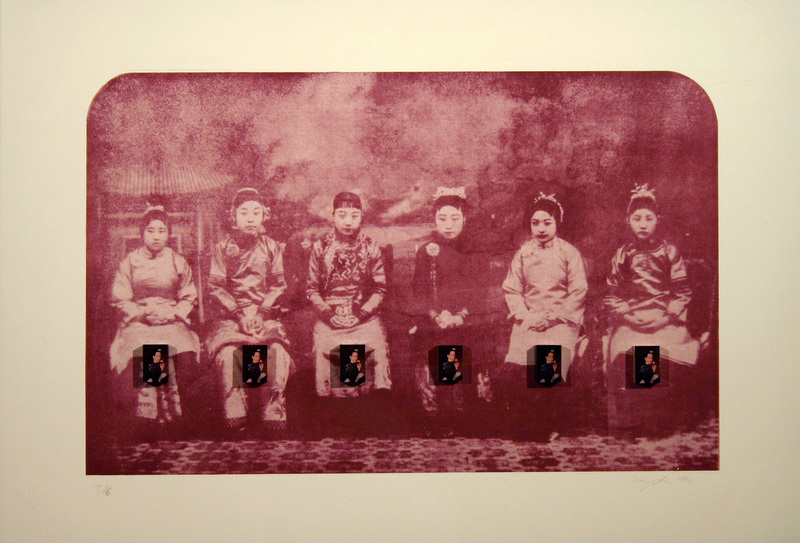
Hung Liu
Trademark
1992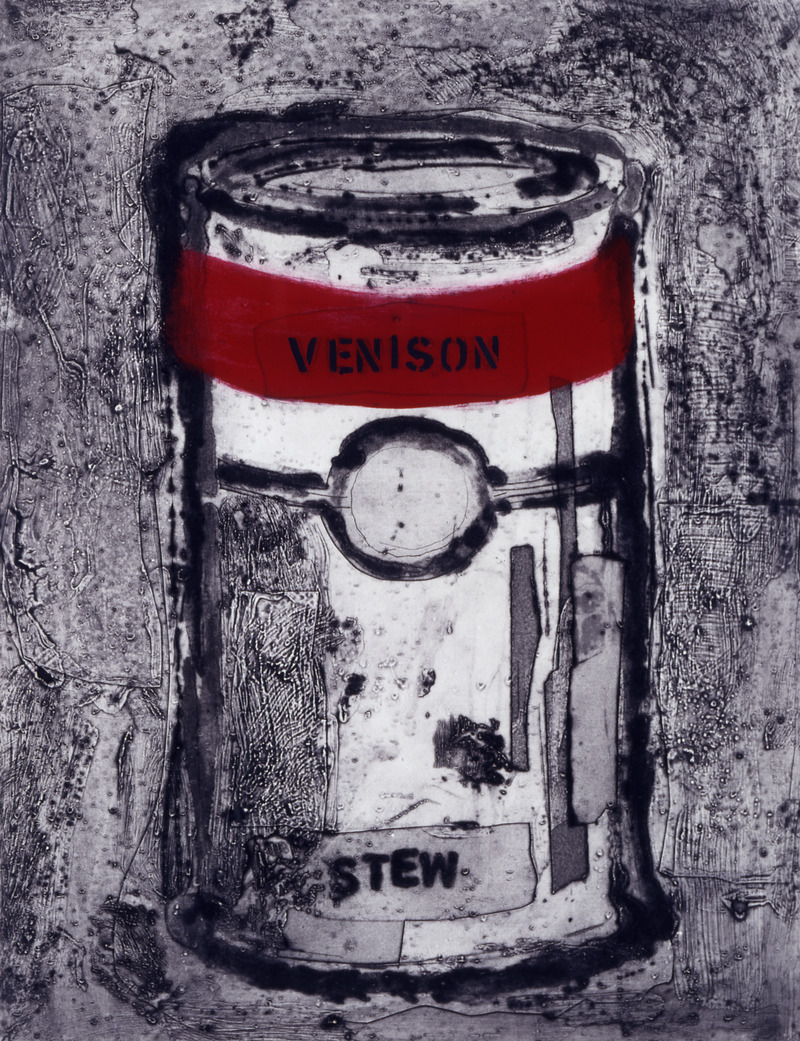
Jaune Quick-to-See Smith
Venison Stew
1995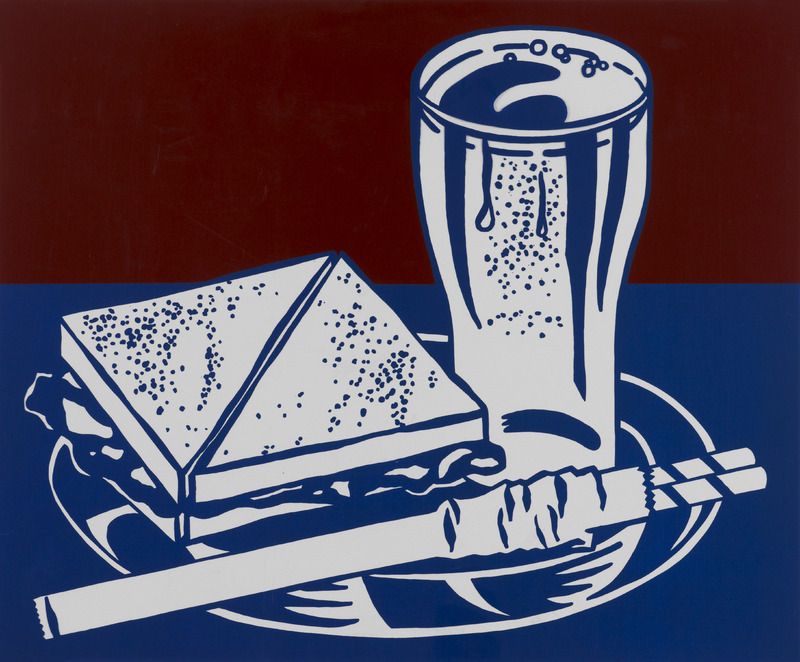
Roy Lichtenstein
Sandwich and Soda, from the portfolio X + X (Ten Works by Ten Painters)
1964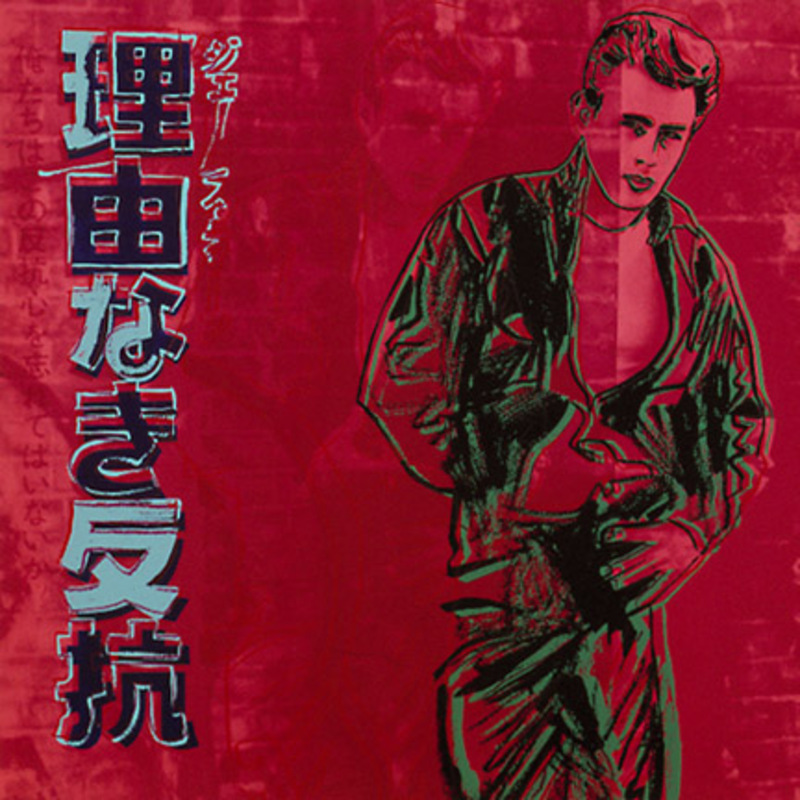
Andy Warhol
Rebel Without a Cause (James Dean), from the portfolio Ads
1985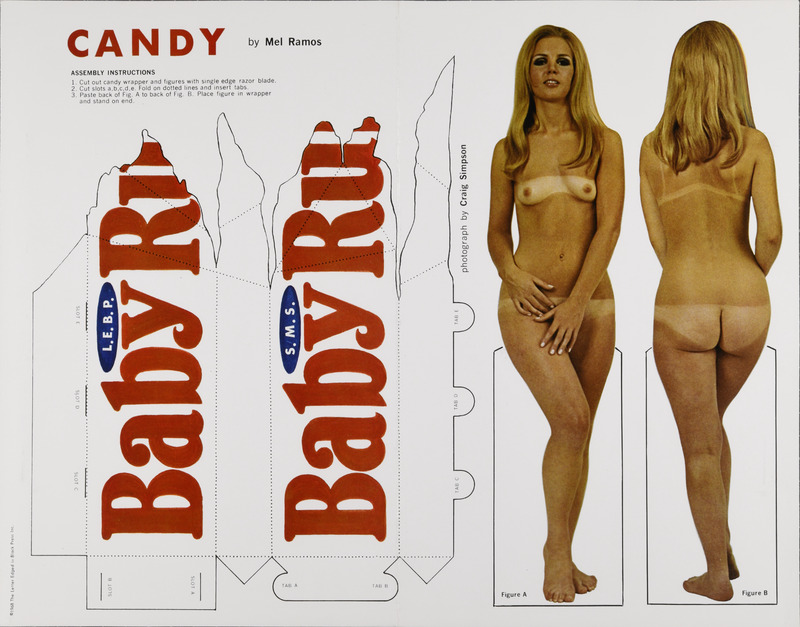
Mel Ramos
Candy, from S.M.S. No. 5
1968
Christian Jankowski
Poster Sale
2005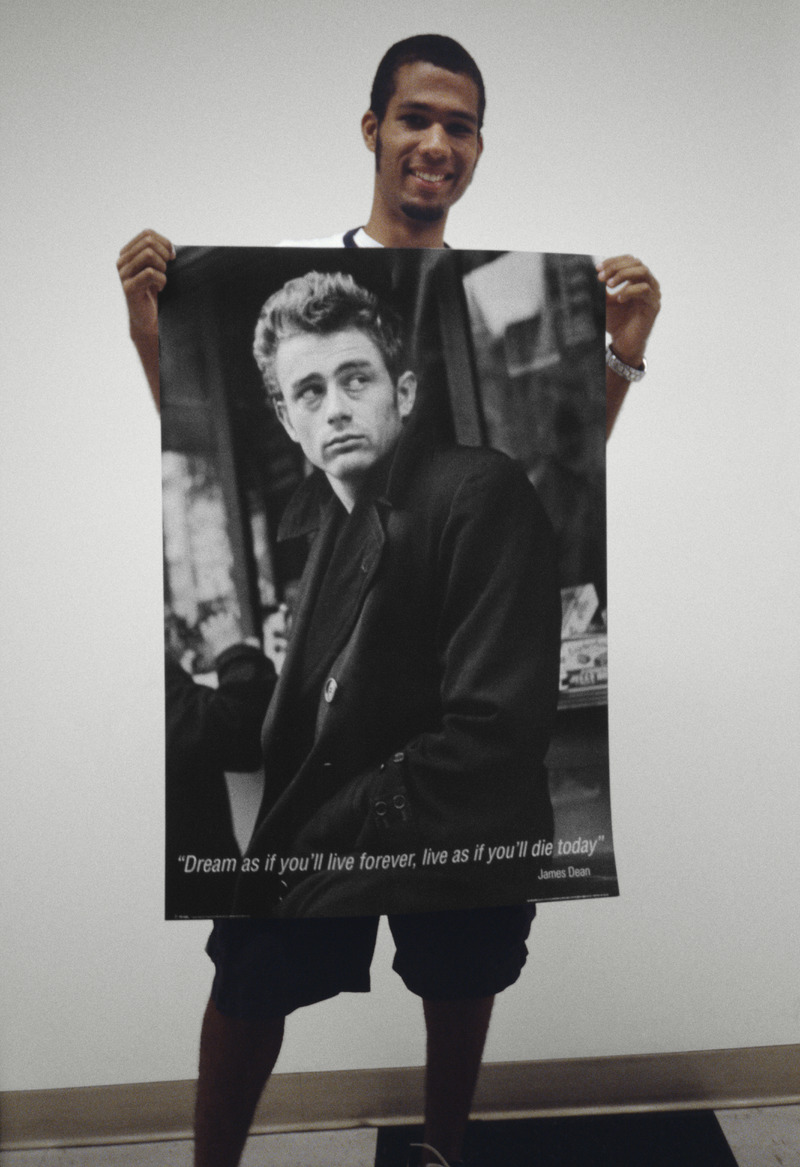
Christian Jankowski
Poster Sale
2005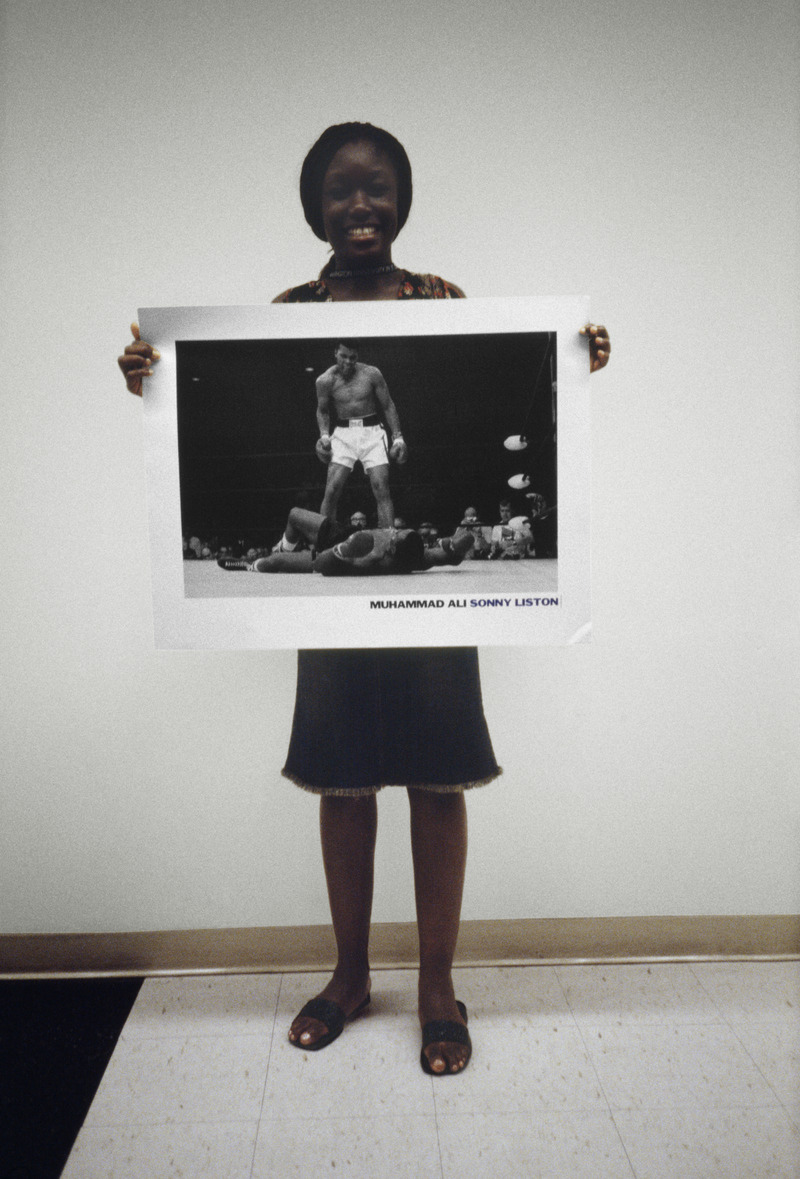
Christian Jankowski
Poster Sale
2005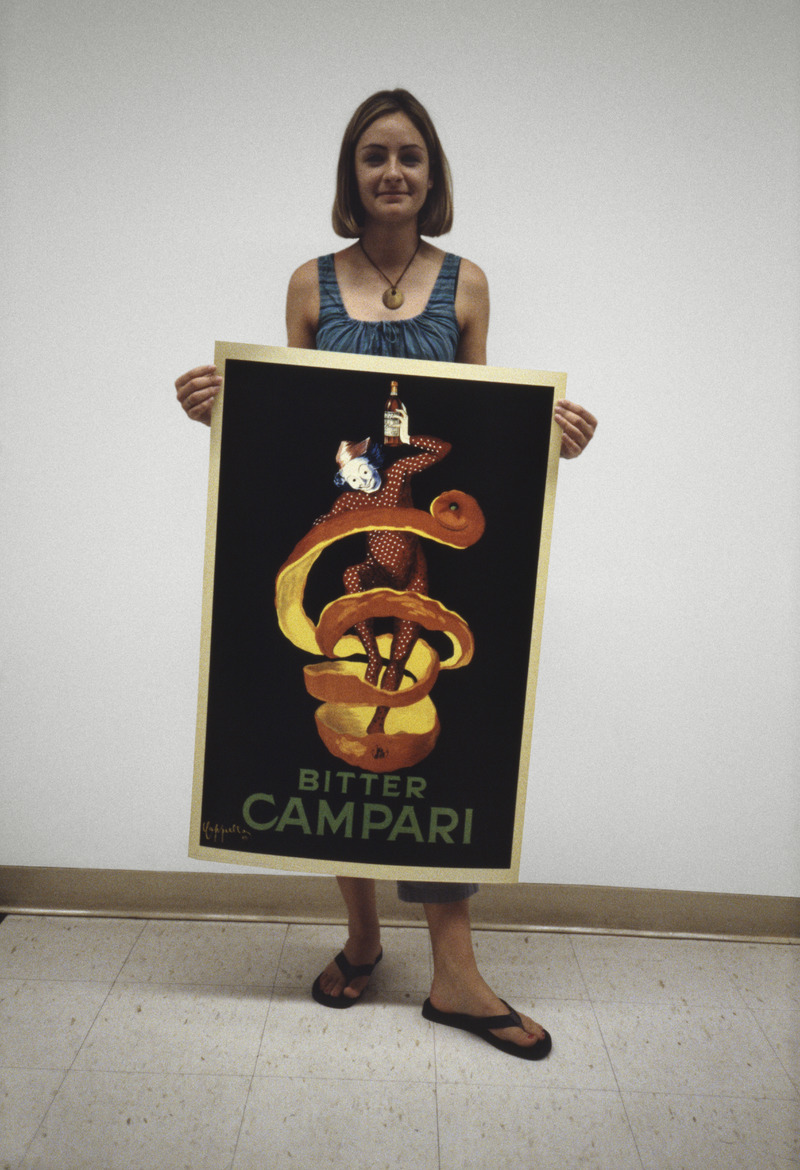
Christian Jankowski
Poster Sale
2005Teaching Gallery
The Teaching Gallery is a space in the Kemper Art Museum dedicated to presenting works from the Museum's collection with direct connections to Washington University courses. Teaching Gallery installations are intended to serve as parallel classrooms and can be used to supplement courses through object-based inquiry, research, and learning. Learn more